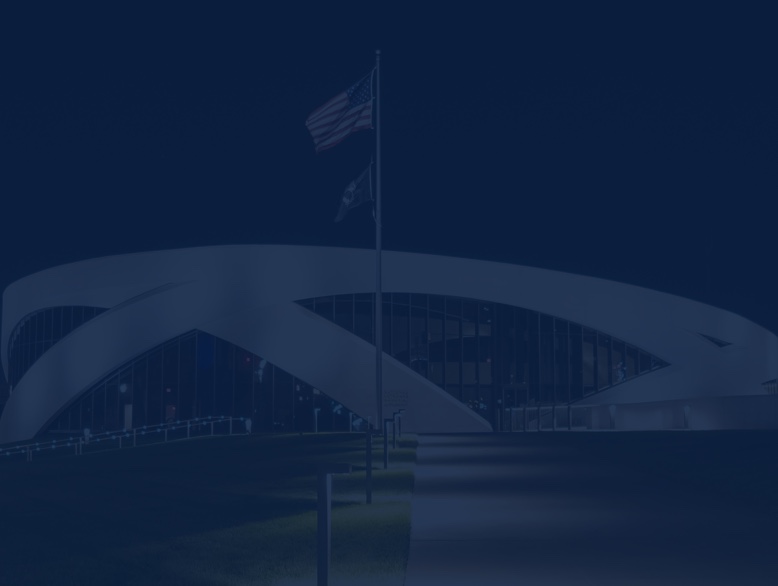

SEPTEMBER 1, 1939
Hitler invades Poland
In August 1939, The German-Soviet pact was negotiated between the Soviet Union’s foreign minister, Molotov, and Germany’s foreign minister, Ribbentrop. This pact allowed Stalin to expand Soviet rule over the Baltic states and other countries, helping Hitler avoid a major two-front war. As part of this agreement, Stalin and Hitler agreed to a ten-year peace agreement. Unbeknownst to others, the German-Soviet pact allowed Germany to attack Poland without fear of Soviet intervention.
Leading up to September 1, 1939, Nazi propagandists claimed Poland, Great Britain and France were plotting together to surround and destroy Germany. Propagandists also falsely claimed that Poles were persecuting ethnic Germans. The Schutzstaffel (SS) staged a Polish attack on a German radio station, which Hitler then used this as a reason to retaliate against Poland. With over 2,000 tanks and 1,000 planes, German units broke Polish defenses and advanced to Warsaw in an encirclement attack. Great Britain and France declared war against Germany on September 1,1939. The ongoing battle for Poland was the catalyst for the beginning of World War II.

SEPTEMBER 2, 1944
George H.W. Bush’s aircraft catches fire
In September 1944, Lieutenant George H.W. Bush and his Naval torpedo squadron, VT-51, were based on the USS San Jacinto fighting against the Japanese in the Bonin Islands. On September 2, four aircrafts from VT-51 attacked the Japanese Installations on Chi Chi Jima. During the attack, the aircrafts were met with heavy fire, and Bush’s aircraft was hit and caught fire.
Bush flew the damaged plane away from the island before he and another crew member bailed out of the aircraft. After landing, he inflated a raft and waited for four hours to be rescued. While he floated, several fighters circled overhead until he was rescued by a lifeguard submarine, the USS Finback. Bush remained on the USS Finback for over a month, assisting in the rescue of other pilots.

SEPTEMBER 2, 1945
VJ (Victory Over Japan) Day
At 9 a.m. in Tokyo, the official Japanese surrender was signed, bringing an end to World War II. More than 250 Allied warships sat anchored in Tokyo Bay during the 23-minute ceremony. Twelve signatures lined the bottom of the document, representing the United States, Japan, China, the United Kingdom, the USSR, Australia, Canada, France, the Netherlands and New Zealand. The Smithsonian shares this historic day on film.

SEPTEMBER 3, 1939
Britain and France declare war on Germany
In the early morning of September 3, 1939, Great Britain gave Germany an 11 a.m. deadline to withdraw all German troops from Poland. At 11:15 a.m., after receiving no information from Germany, Great Britain publicly announced war on Germany. Later that day, France gave Germany the same opportunity before also declaring war.
At 8 p.m., a German U-30 submarine misidentified the SS Athenia, a British ocean liner, as a military vessel. Two torpedoes were fired and hit the SS Athenia, killing 112 of the 1,100 passengers on board. Germany denied responsibility until after the Nuremberg Trails. Of the passengers, 28 were American citizens.

SEPTEMBER 5, 1939
FDR declares U.S. neutrality at start of WWII
On September 5, 1939, the United States officially declared neutrality in World War II, shocking German forces after numerous American citizens were killed when a British ship was sunk by German submarines. The United States kept this stance of neutrality until the Japanese bombing of Pearl Harbor in 1941. Despite the United States’ neutral stance, the New York Stock Exchange surged 10 percent based on speculation that there would be a demand from Europe for industrial goods during the war.



